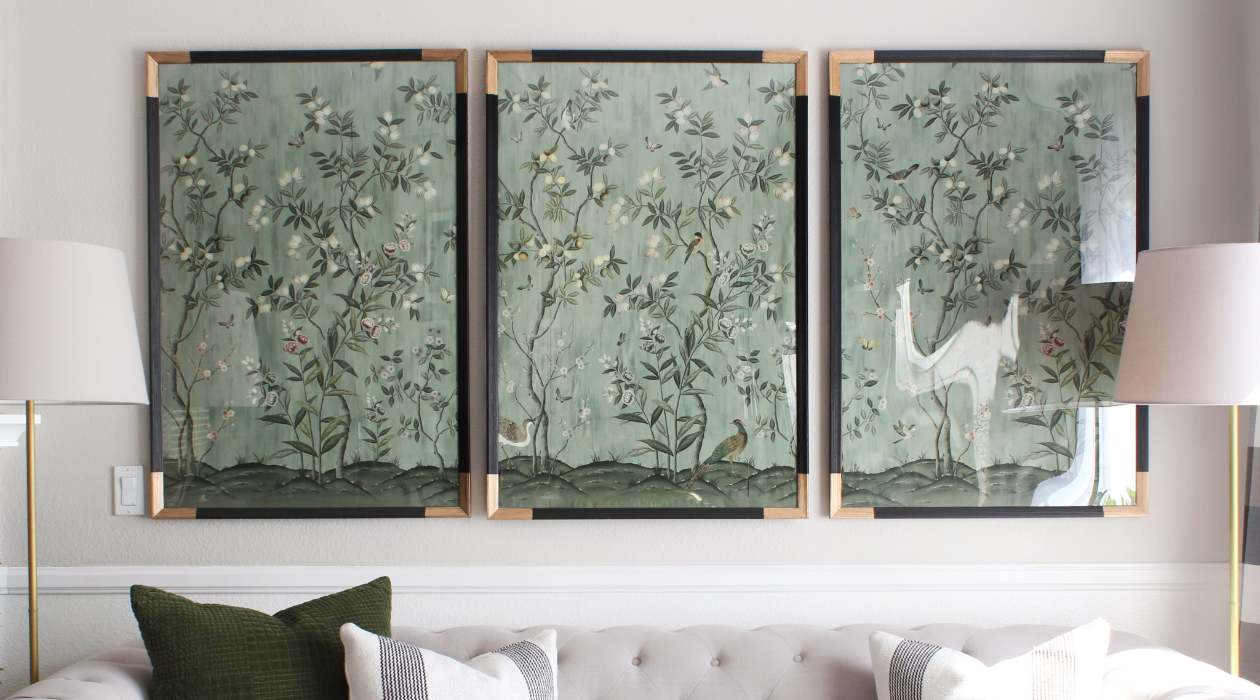

Articles
How To Frame Large Wall Art
Modified: December 7, 2023
Learn how to frame large wall art with our helpful articles. Discover tips and techniques for creating a stunning display in your home.
(Many of the links in this article redirect to a specific reviewed product. Your purchase of these products through affiliate links helps to generate commission for Storables.com, at no extra cost. Learn more)
Introduction
When it comes to home decor, large wall art can make a bold statement and transform the look and feel of any room. Whether you want to showcase a breathtaking painting, a striking photograph, or a unique piece of artwork, framing it properly is essential to ensure it is showcased to its fullest potential.
In this article, we will discuss the key steps and considerations involved in framing large wall art. From choosing the right size and placement to selecting the perfect frame and ensuring proper installation, we will guide you through the entire process.
So, let’s dive in and learn how to frame large wall art like a pro!
Key Takeaways:
- Transform any room with stunning large wall art by carefully choosing the right size, placement, and frame to create a visually appealing and personalized display that reflects your unique style and personality.
- Ensure the longevity and impact of your framed artwork by preparing the wall, gathering necessary materials, accurately measuring and marking the placement, and securely assembling, mounting, hanging, and securing the artwork for years of enjoyment.
Read also: 13 Best Large Wall Art for 2025
Choosing the Right Size and Placement
When selecting the right size for your large wall art, it is important to consider the dimensions of the wall on which it will be displayed. You want to strike a balance between making a statement and ensuring the piece doesn’t overpower the space.
Start by measuring the wall and taking note of any other elements in the room that may impact the placement, such as furniture, windows, or doors. Consider the overall aesthetic you want to achieve. Do you want the artwork to be the focal point of the room, or would you prefer it to blend in as part of the overall design?
Once you have determined the appropriate size, consider the aspect ratio of the artwork. While standard rectangular frames work well for most pieces, consider whether a square, panoramic, or custom-shaped frame will enhance the visual impact of your artwork.
Placement is also key. Consider eye-level height as a general rule, but don’t be afraid to experiment with varying heights and configurations. Take into account the function of the room and how the artwork will be viewed from different angles of the space.
If you have multiple pieces of art to display, you can create a stunning gallery wall by arranging them in a cohesive and visually appealing manner. Play with different arrangements, sizes, and frames to create a dynamic and personalized display.
Remember, the size and placement of your large wall art can greatly impact the overall feel and aesthetic of the room. Take your time to consider all the factors and don’t be afraid to experiment until you find the perfect balance.
Selecting the Perfect Frame
Once you have chosen the right size and placement for your large wall art, it is time to select the perfect frame. The frame you choose will not only enhance the visual appeal but also provide protection and support for the artwork.
Consider the style and theme of your artwork when selecting a frame. Different frame materials and finishes can complement or contrast with the artwork, adding depth and character to the overall presentation. For example, a sleek metallic frame can provide a contemporary look, while a rustic wooden frame can add warmth and texture.
Another important factor is the color of the frame. Choose a color that either matches or complements the dominant colors in the artwork. This will create a cohesive and harmonious look.
In addition to the aesthetic considerations, remember to select a frame that is durable and of high quality. Look for frames made from materials such as wood, metal, or acrylic that offer durability and protection for your artwork.
When choosing the frame, also consider the type of glass or acrylic that will cover the artwork. Opt for UV-protective glass or acrylic to prevent fading and damage caused by sunlight.
Furthermore, consider the depth of the frame. This is particularly important if you have a canvas or artwork with substantial depth. Choose a frame that provides enough depth to accommodate the artwork without it being too cramped or protruding excessively.
Lastly, consider your budget. Framing large wall art can be a significant investment, so establish a budget and stick to it. There are various options available, ranging from ready-made frames to custom-built frames, so explore your options and find the right balance between quality and affordability.
Remember, selecting the perfect frame is crucial to enhance the visual appeal of your large wall art and ensure its longevity. Take the time to consider the style, color, material, and quality of the frame to find the perfect match for your artwork.
Preparing the Wall and Gather Materials
Before you begin the process of framing and hanging your large wall art, it is essential to prepare the wall and gather all the necessary materials. Proper preparation ensures a smooth and successful installation.
Start by clearing the area around the wall where the artwork will be displayed. Remove any furniture, wall decor, or other obstructions that may hinder the installation process.
Next, examine the condition of the wall. Ensure that it is clean, smooth, and free from any dirt, dust, or imperfections. If necessary, use a mild cleanser and a soft cloth to clean the surface and remove any residue.
If you plan to hang the artwork on a painted wall, check for any flaking or peeling paint. Repaint the wall if needed to ensure a solid and stable surface for installation.
Once the wall is prepared, gather all the necessary materials and tools for the framing and hanging process. Here are the basic materials you will need:
- Large wall art or artwork
- Frame
- Mounting hardware (such as screws or nails)
- Level
- Tape measure
- Pencil or marking tool
- Hammer or drill
- Optional: Wall anchors for added support
Make sure you have all these materials on hand before you begin, as it can be frustrating to start the process only to realize you are missing a vital component.
Additionally, consider having a helper available to assist with the installation, especially if the artwork is heavy or requires precise positioning. Having an extra set of hands can make the process easier and safer.
By preparing the wall and gathering all the necessary materials in advance, you are setting yourself up for a smooth and successful installation of your large wall art.
When framing large wall art, consider using a float frame to create a modern and sleek look. This type of frame allows the artwork to appear to be floating within the frame, adding a unique visual impact to the piece.
Measuring and Marking the Placement
Before you start assembling and mounting the frame for your large wall art, it is crucial to accurately measure and mark the placement on the wall. This step ensures that your artwork is level, centered, and properly aligned.
Begin by determining the desired placement of the artwork on the wall. Take into account the height, width, and overall arrangement of the room. Consider eye-level height as a starting point, but feel free to adjust based on personal preference and the scale of the artwork.
Using a tape measure, measure the width and height of the artwork, as well as any additional space you want to leave around it, such as a border or matting. Take note of these measurements.
Next, locate the center point of the wall by measuring the width and dividing it in half. This will serve as your reference point for aligning the artwork.
Now, carefully measure and mark the height of the artwork’s top edge from the floor or baseboard. Use a pencil or marking tool to make a small mark on the wall at this point.
Return to the center point and measure and mark the width of the artwork’s top edge from the nearest side wall. Again, use a pencil or marking tool to make a small mark at this point.
If you plan on hanging multiple pieces of artwork in a gallery wall arrangement, repeat the measuring and marking process for each piece, ensuring proper spacing and alignment.
Once you have marked the placement, use a level and a straight edge to verify that the marks are level and properly aligned. Adjust if necessary.
Before proceeding, it can be helpful to trace the outline of the artwork or frame onto the wall using masking tape. This provides a visual reference and helps ensure that you are positioning everything correctly.
By accurately measuring and marking the placement of your large wall art, you are taking the necessary steps to ensure a balanced and visually appealing arrangement on your wall.
Assembling and Mounting the Frame
Now that you have measured and marked the placement of your large wall art, it is time to assemble and mount the frame. Properly assembling and securing the frame ensures that your artwork is securely displayed and well-protected.
Start by carefully following the manufacturer’s instructions for assembling the frame. If necessary, use a screwdriver or other tools to attach the frame corners securely. Double-check that all screws or fasteners are tightened properly to ensure the frame is sturdy.
If your frame comes with a backing board or matting, insert the artwork into the frame, making sure it fits snugly and is centered.
Once the artwork is in place, it’s time to mount the frame onto the wall. If the frame is lightweight, you may be able to use adhesive hooks or hanging strips. However, for large and heavy frames, it is recommended to use screws or nails for a secure installation.
Align the top edge of the frame with the markings you made earlier on the wall. Use a level to ensure the frame is straight, and adjust if necessary. Once you are satisfied with the placement, mark the locations for the screws or nails.
Before drilling or hammering, consider using wall anchors for added support, especially if you are mounting the frame on drywall or other delicate surfaces. Wall anchors help distribute the weight and prevent damage to the wall.
With the appropriate tools, carefully mount the frame onto the wall using the marked locations. Use a screwdriver or hammer to secure the screws or nails into place.
Check again with a level to ensure the frame is perfectly straight. Make any necessary adjustments now while the frame is still easy to move.
Once the frame is securely mounted, step back and assess the positioning and alignment. Ensure that the artwork is level and centered within the frame.
If you are hanging multiple pieces of artwork in a gallery wall arrangement, start by hanging the central piece first and then work your way outwards. Take your time to arrange and adjust each piece until you achieve the desired composition.
By properly assembling and mounting the frame, you can be confident that your large wall art will be securely and beautifully displayed on your wall.
Hanging and Securing the Artwork
After successfully mounting the frame, the final step in framing your large wall art is hanging and securing the artwork within the frame. This step ensures that your artwork is properly aligned, secure, and protected.
Start by carefully lifting the artwork and carefully placing it within the frame. Ensure that the artwork is centered and straight by using a level and adjusting as needed.
If your frame includes a backing board or matting, secure it in place following the manufacturer’s instructions. This will help keep the artwork in position and protect it from dust and damage.
Next, inspect the frame and artwork to ensure everything is properly aligned and there are no visible gaps or misplacements.
If your frame has clips or a wire for hanging, attach them securely to the back of the frame according to the manufacturer’s instructions. Make sure they are properly tightened to prevent the artwork from slipping or falling.
If your frame does not have built-in hanging hardware, attach D-ring hangers or screw eyes to the back of the frame. Measure and mark the appropriate positions, ensuring that they are level and evenly spaced.
Finally, use a strong and secure hanging method to hang the artwork on the wall. If you are using hooks or nails, make sure they are anchored securely into the wall, especially for larger and heavier pieces.
Consider using a hanging wire or picture hanging system, which provides additional stability and easy adjustment. These systems allow you to adjust the height of the artwork without having to reposition the hooks or nails.
Once the artwork is hung, step back and assess the placement and alignment. Check that it is level, centered, and visually appealing. Make any necessary adjustments before finally securing the artwork in its position.
To ensure the artwork remains secure on the wall, consider using adhesive bumpers or clear rubber pads on the bottom corners of the frame. This helps prevent the frame from shifting or scratching the wall.
Regularly check the hanging hardware and the artwork’s stability to make sure it is still securely in place. If any adjustments or repairs are needed, attend to them promptly to maintain the integrity of your framed artwork.
By properly hanging and securing your artwork, you can enjoy your beautiful large wall art and ensure it remains securely displayed for years to come.
Conclusion
Framing large wall art is a creative and exciting process that allows you to showcase your favorite pieces and add a personal touch to your home decor. By following the steps outlined in this article, you can ensure that your artwork is presented in the best possible way while also being securely mounted and protected.
Remember to start by carefully choosing the right size and placement for your artwork, taking into consideration the dimensions of the wall and the overall aesthetic you want to achieve. Selecting the perfect frame that complements your artwork and aligns with your style is also a crucial step.
Preparing the wall and gathering the necessary materials is essential for a smooth and successful installation. Taking accurate measurements and marking the placement ensures that your artwork will be level, centered, and visually appealing.
Assembling and mounting the frame require attention to detail and proper hardware for a secure installation. And finally, hanging and securing the artwork ensure that it remains in place and well-protected for years to come.
Throughout the process, don’t be afraid to experiment and make adjustments as needed. It’s all part of finding the perfect arrangement and presentation for your large wall art.
With a little patience and creativity, you can transform any room with stunning large wall art that reflects your unique style and personality. So go ahead, unleash your creativity, and enjoy the beauty and impact of your framed artwork!
Frequently Asked Questions about How To Frame Large Wall Art
Was this page helpful?
At Storables.com, we guarantee accurate and reliable information. Our content, validated by Expert Board Contributors, is crafted following stringent Editorial Policies. We're committed to providing you with well-researched, expert-backed insights for all your informational needs.
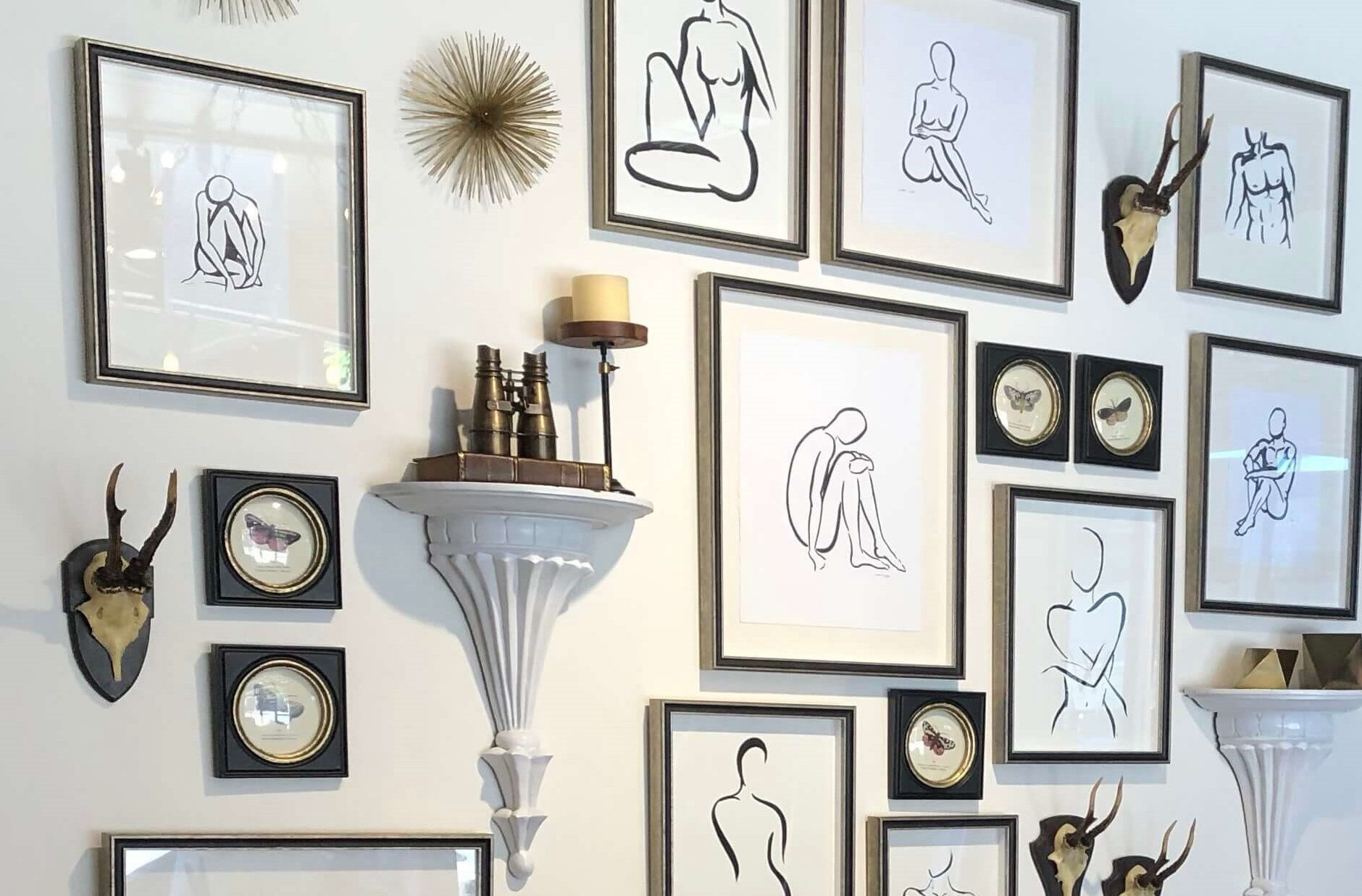
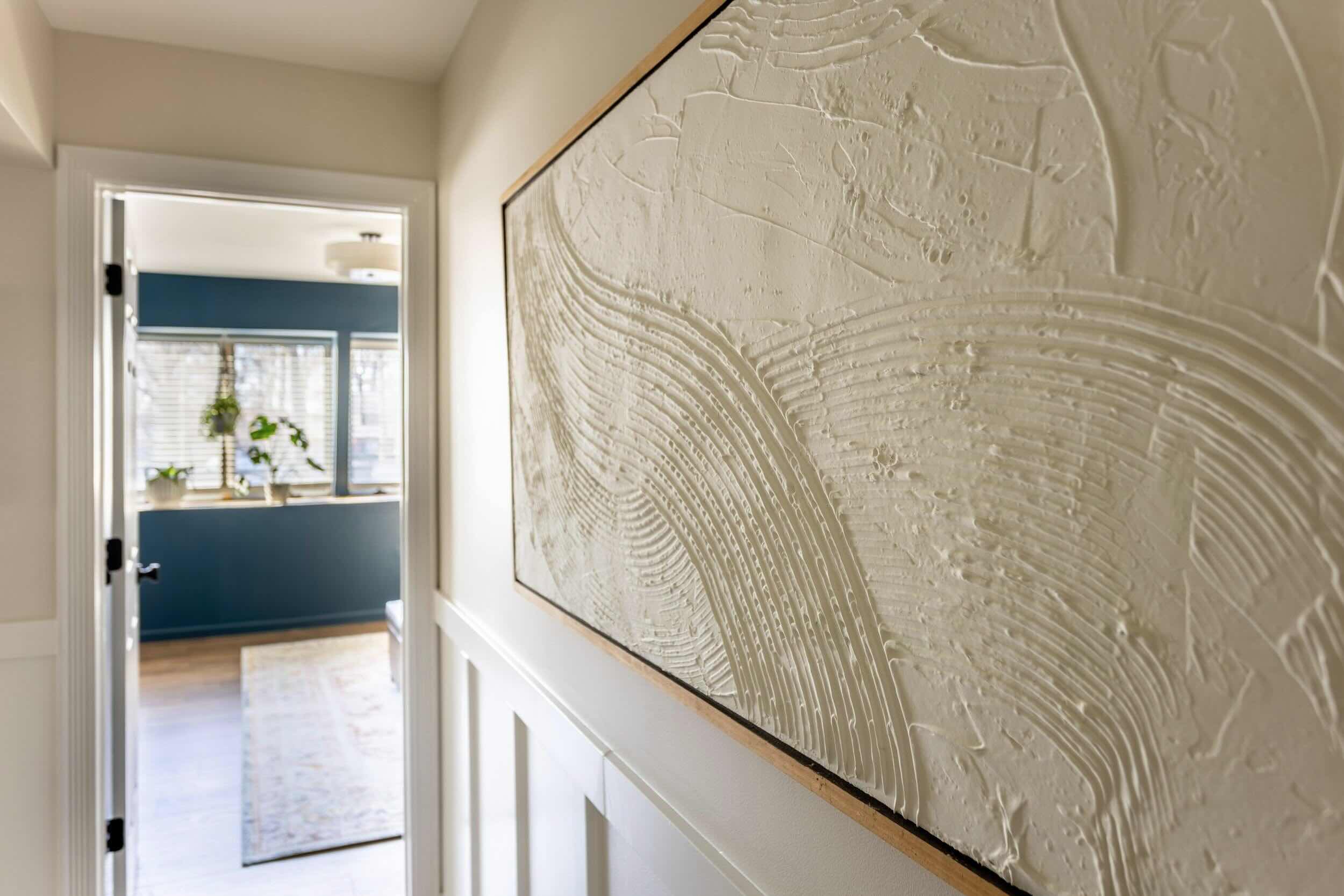


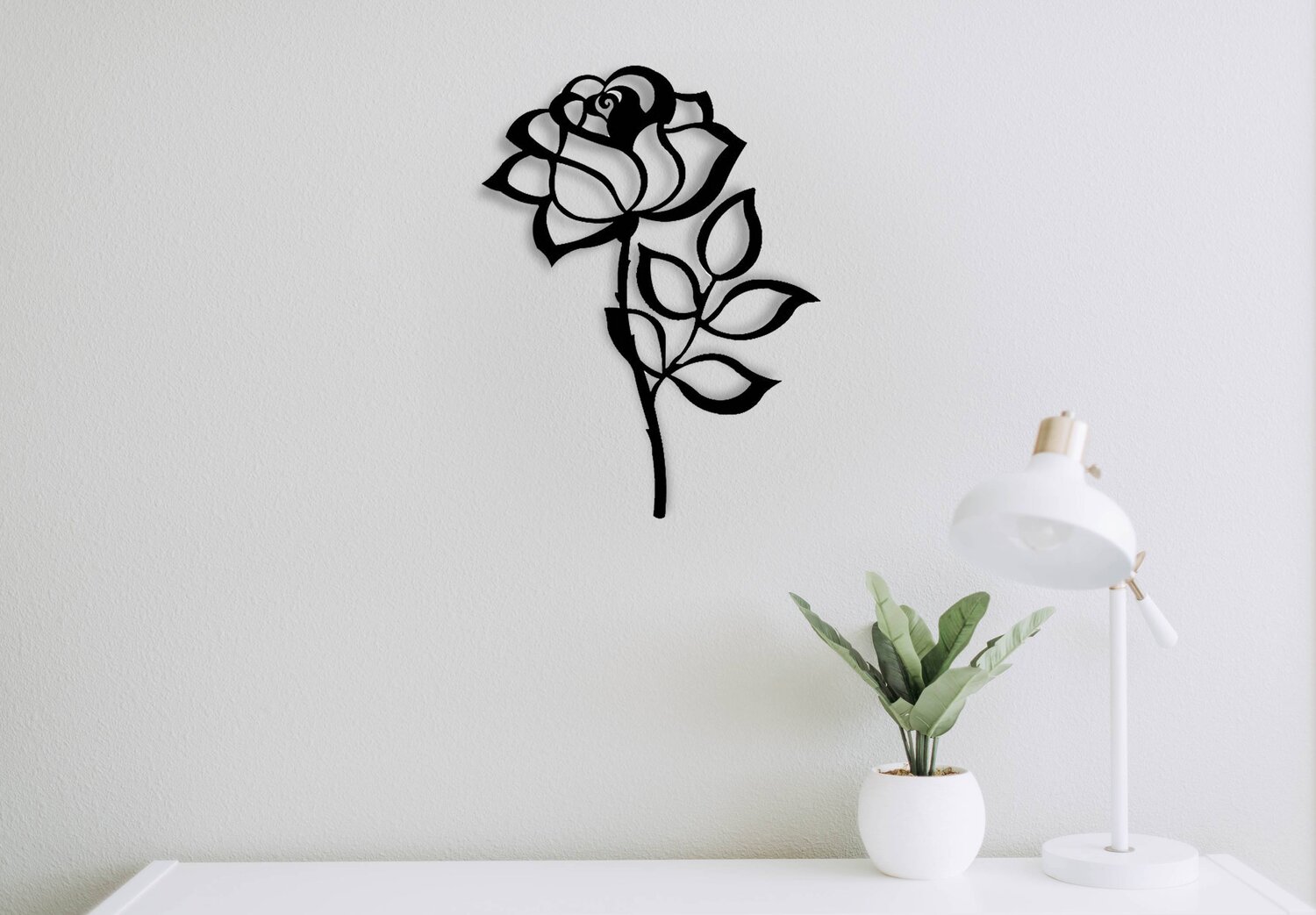


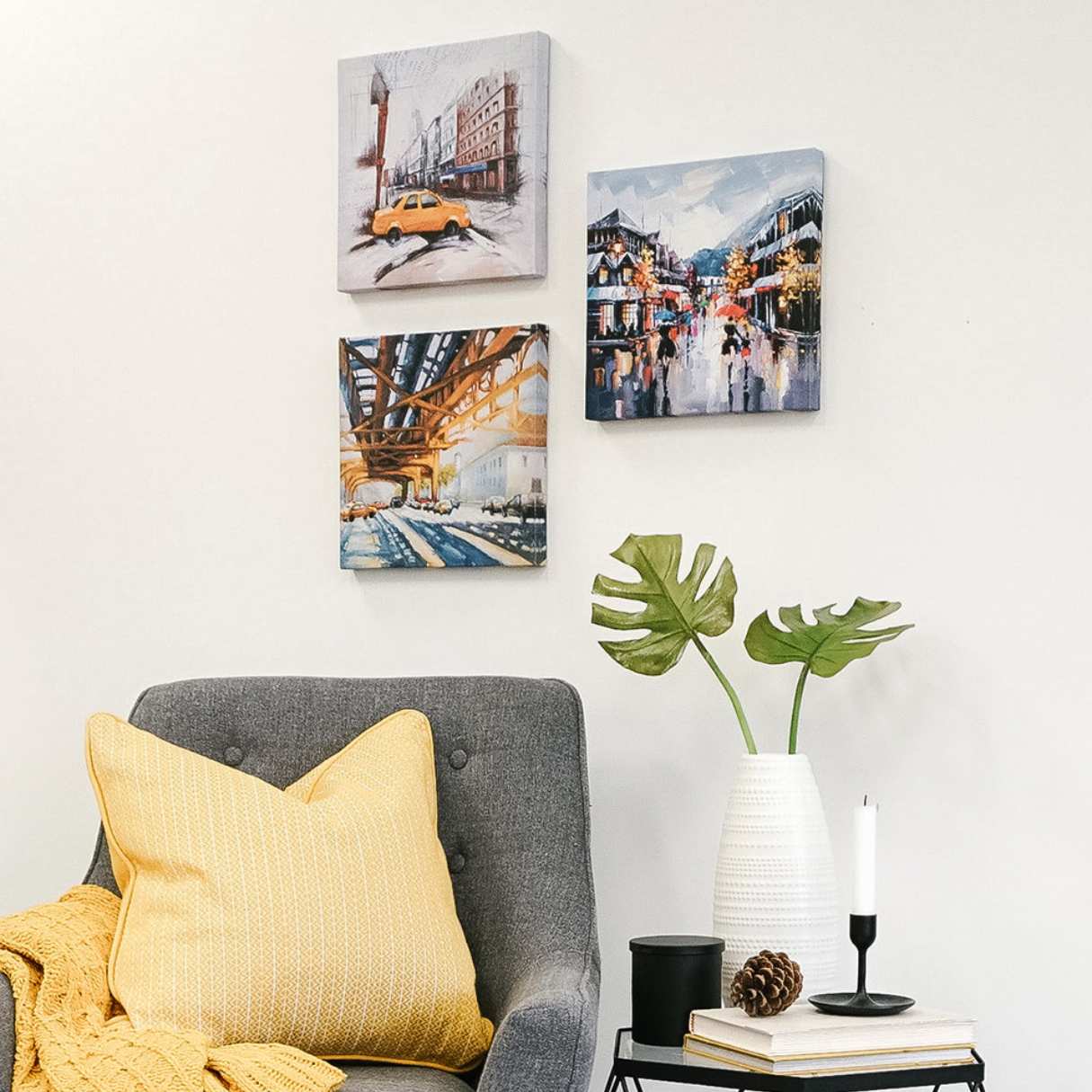
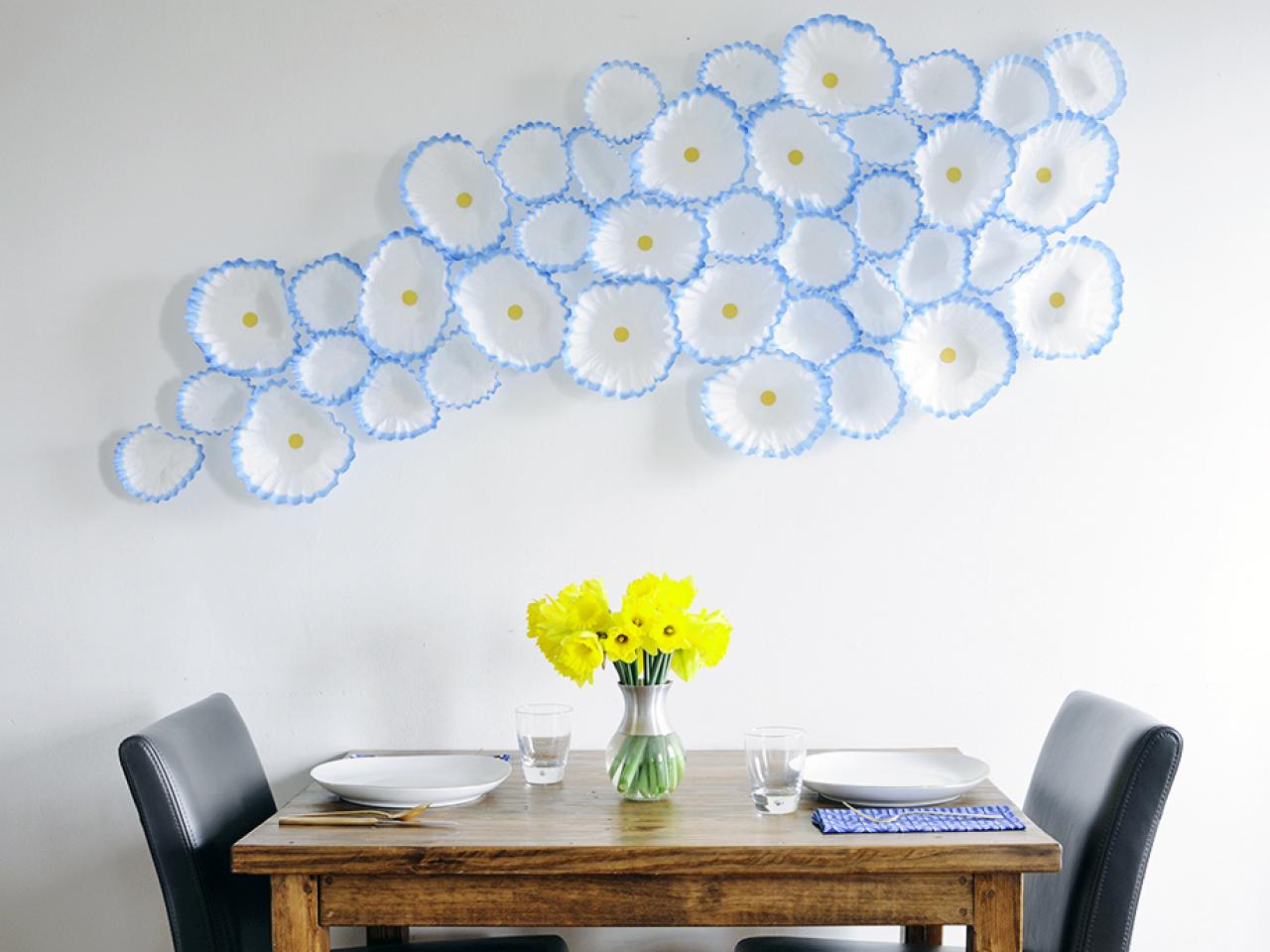
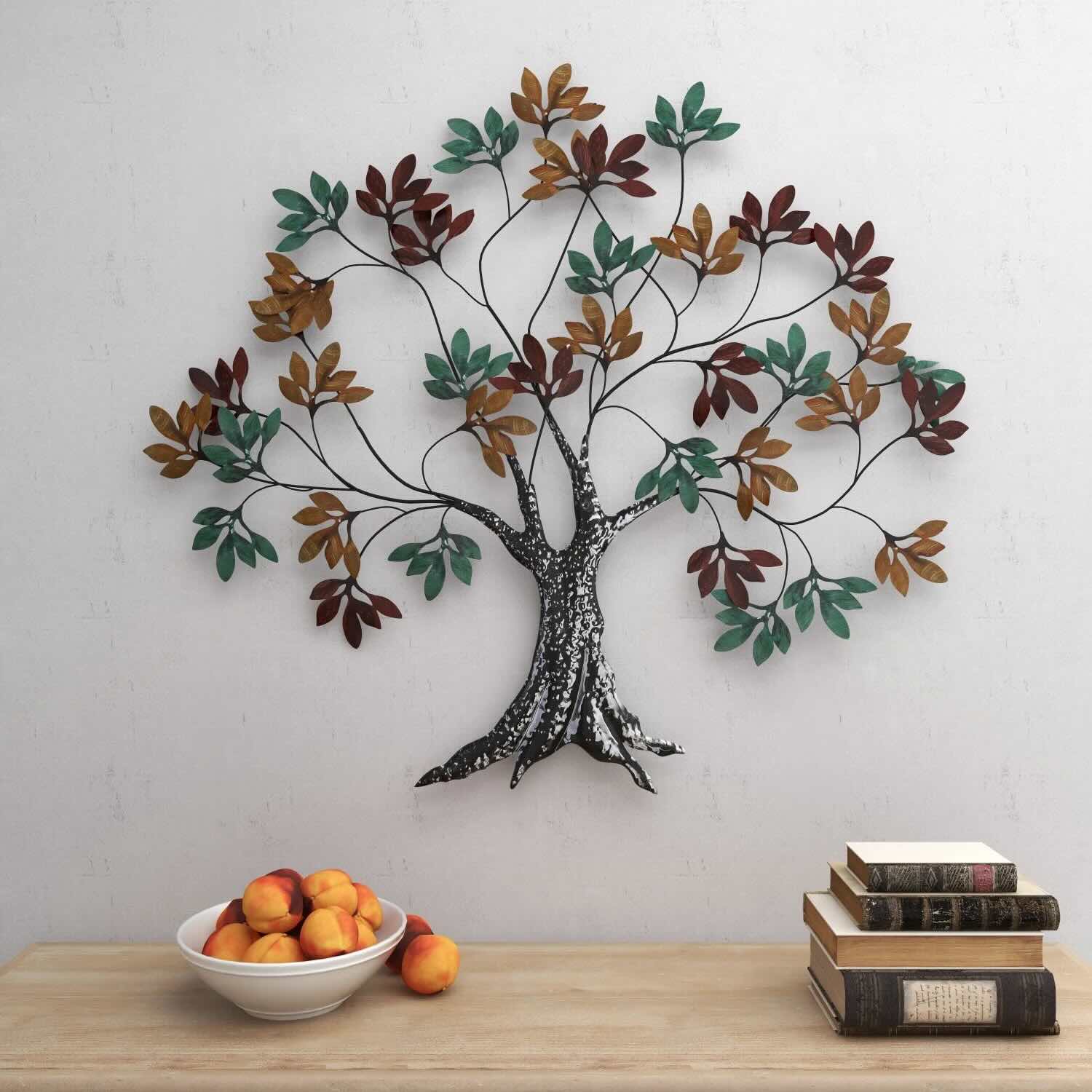
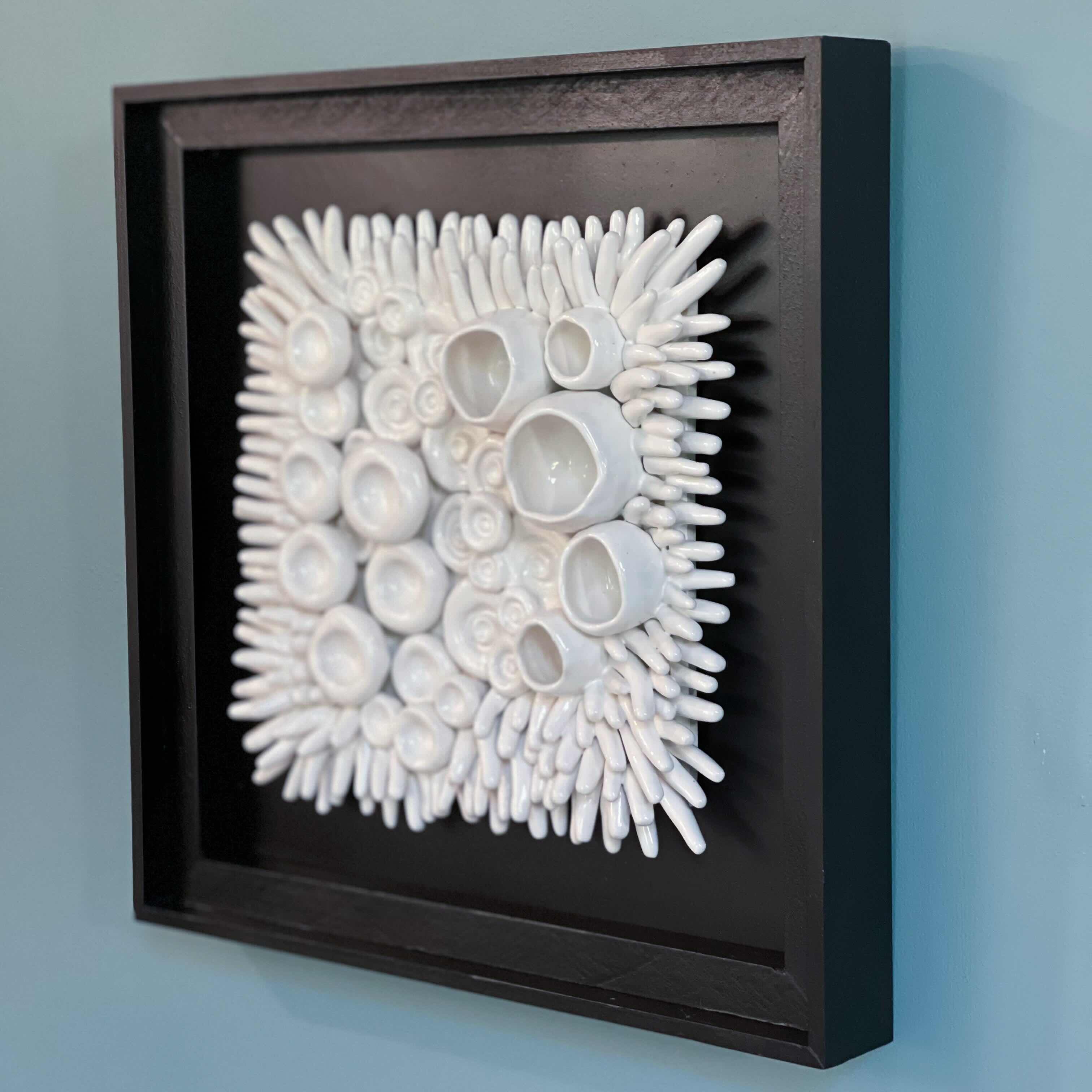
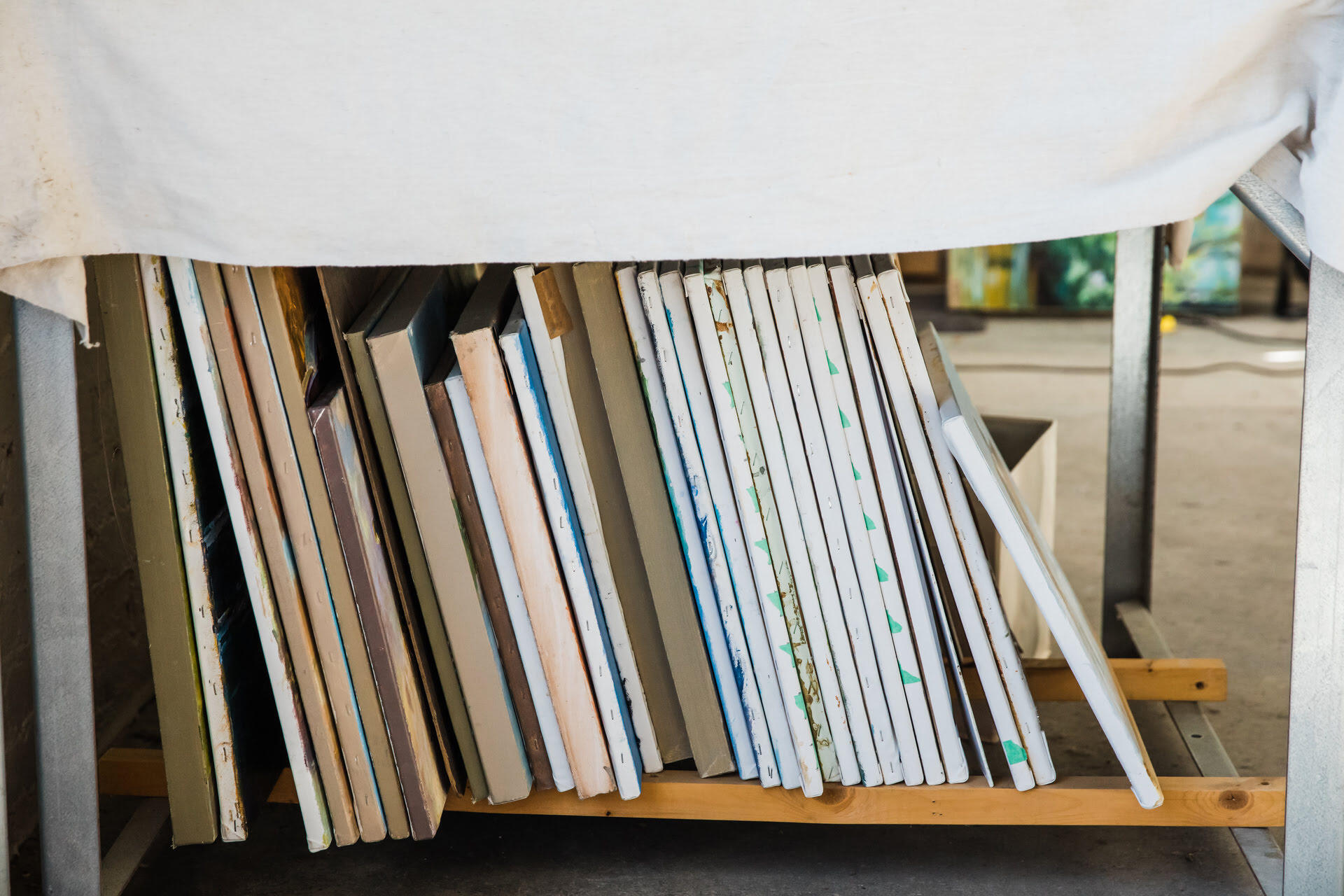
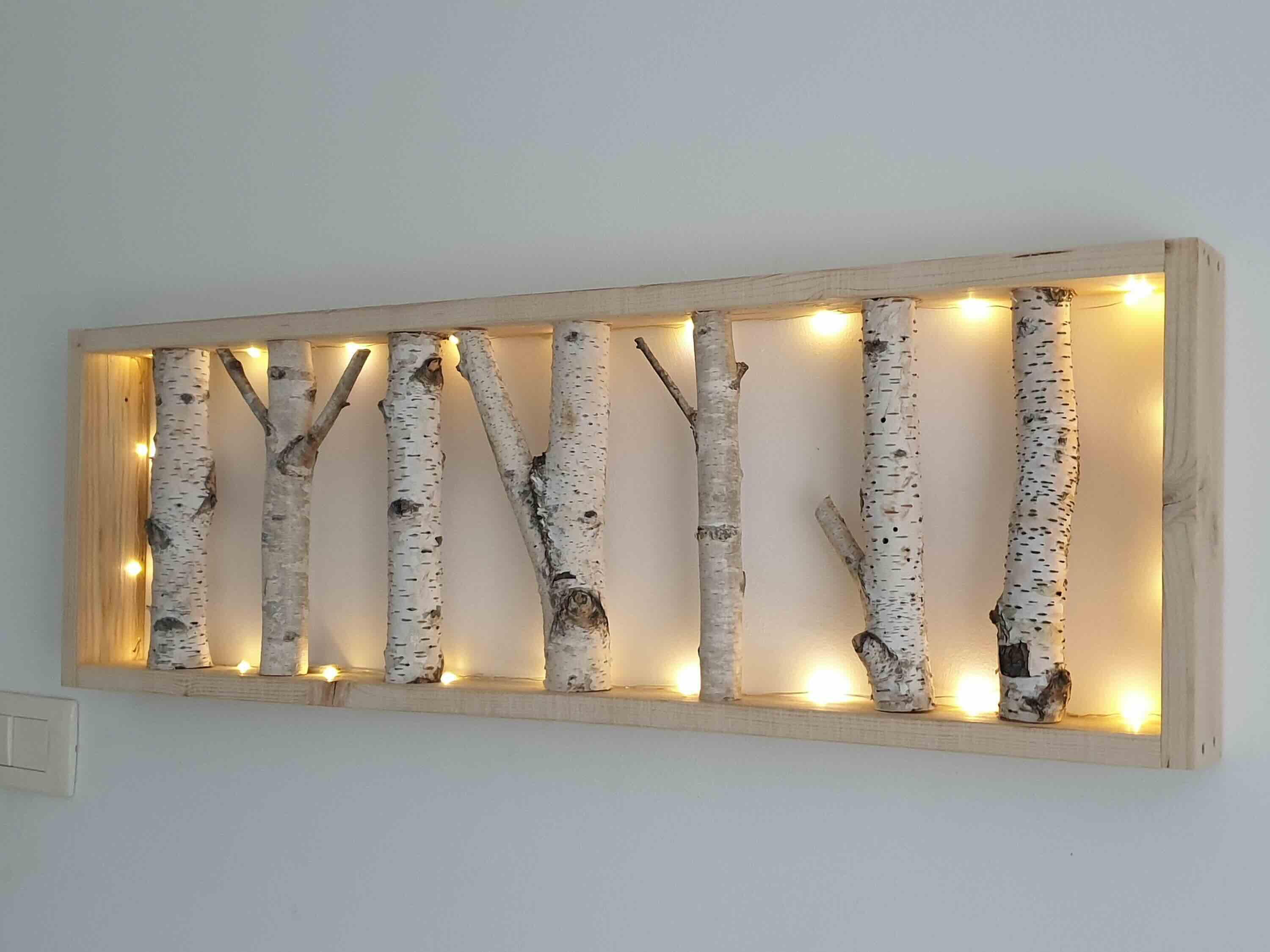
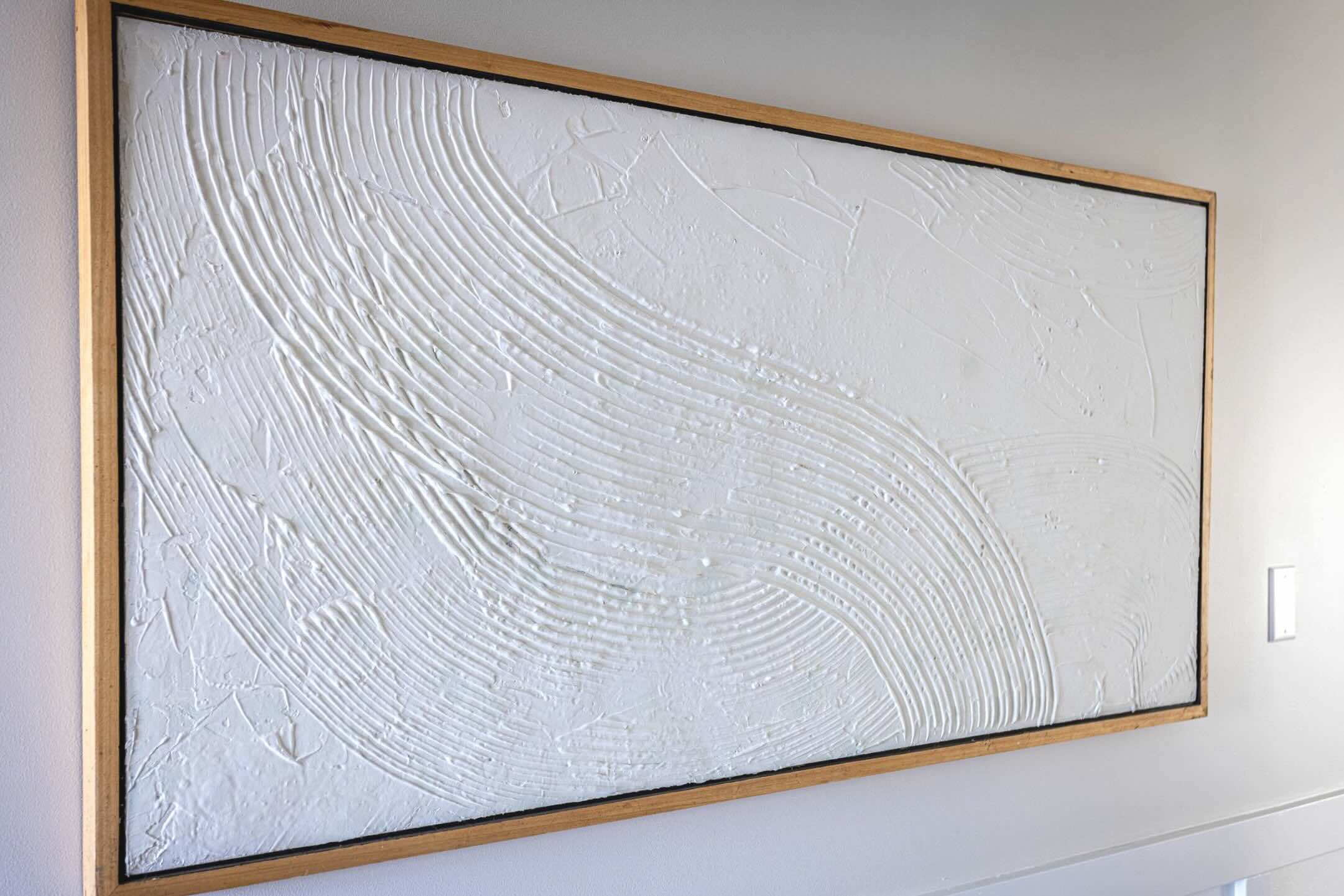

0 thoughts on “How To Frame Large Wall Art”